If you’re considering using a liquid insecticide for termite control, there’s a critical factor you need to be aware of. If you have watched any of my videos you know that I am a real believer in termiticide products that are baits.
I always recommend baits but some people do like liquid insecticides for termites but there are some situations where you absolutely cannot use liquid insecticides for termites.
Should You Use Liquid Insecticides If You Live In A Rural Area?
In rural areas, where residents often rely on water wells, it’s common to have protective structures built over these wells to shield them from the elements, especially the cold. If termites infest such a structure, you cannot use liquid insecticides. The proximity of the water well raises concerns about the insecticide leaching through the soil and contaminating the water table.
Why Should You Use Pest Control Services?
Professional pest control operators go through extensive training to determine when and where liquid insecticides can be safely employed for termite treatment. I never recommend do-it yourself products because termites are a very dangerous insect.

DIY Caution:
Termites are destructive, and improper treatment can lead to long-term issues. It is strongly advised to seek professional help when dealing with termite infestations to ensure proper handling and minimize risks. The last thing you would want to happen is to have your water contaminated with an insecticide.
Baiting as an Alternative:
For situations involving water wells or structures near bodies of water, the safer alternative is using termite baiting systems. These bait products are designed to target termites without the risk of contaminating water sources.
If you have any problems with termites please click on the link below.
We offer a 100% free evaluation to help you assess the extent of the issue and determine the most appropriate solution for your specific situation.
If you know that you have rats in your home, we highly recommend watching the accompanying video for a comprehensive guide on dealing with rats effectively.
In the 14th century, the infamous plague claimed millions of lives, and researchers now attribute its origin to fleas carried by rats. Today, rats remain carriers of bacteria that can contaminate your living space and food. Addressing a rat infestation promptly is crucial to ensure the health and safety of your household.

I hate to say this to you but, you have two problems. First, is you have a rat inside your home. Second, there is an entry point that allow rats access to your home. A strategic plan is essential to tackle both aspects effectively.

Look outside your home for potential entry points. Sometimes, the eaves or overhangs may have openings, such as those accommodating electrical or plumbing pipes. If there are larger holes than the pipes themselves, use copper mesh to seal them. Copper is preferred over steel mesh to prevent rusting.
There are a lot of different ways to get rid of rats in your house. There are live traps, snap traps, glue boards, or bait stations. Live traps capture rats alive, requiring additional steps to deal with the captured rodent. If you use Snap traps, he’s probably not going to survive, and glue boards present the challenge of dealing with a live rodent. Bait stations, while effective, require careful use following label directions to prevent harm to pets or children.
When dealing with a rat infestation, it’s crucial to act swiftly and effectively, but safety should always be a top priority. If you’re unsure or the situation seems overwhelming, don’t hesitate to seek professional help. Gillen Pest Control are here to assist you in managing rat problems safely and efficiently.
Roaches can be a persistent nuisance, to prevent them from entering your home, take the following measures. There’s two different kinds of roaches. Consider watching the video for more details.
Outdoor roaches are the larger ones that when they are seen, people go crazy. Ensure doors and windows are sealed properly to eliminate potential entry points. Clear any lawn debris around your house, as roaches thrive in the cool, moist environments created by leaves and grass

Dealing with Indoor German Cockroaches:
German cockroaches pose a more significant threat as they live and breed indoors. Tackle this issue by regularly cleaning all food debris in your kitchen and throughout your home. Roaches are attracted to cardboard as it provides harborage, breeding sites, and moisture. Store items in plastic bins instead of cardboard to eliminate potential hiding spots. Roaches are drawn to damp environments so be sure to fix leaks promptly, and ensure areas prone to moisture are well-ventilated.
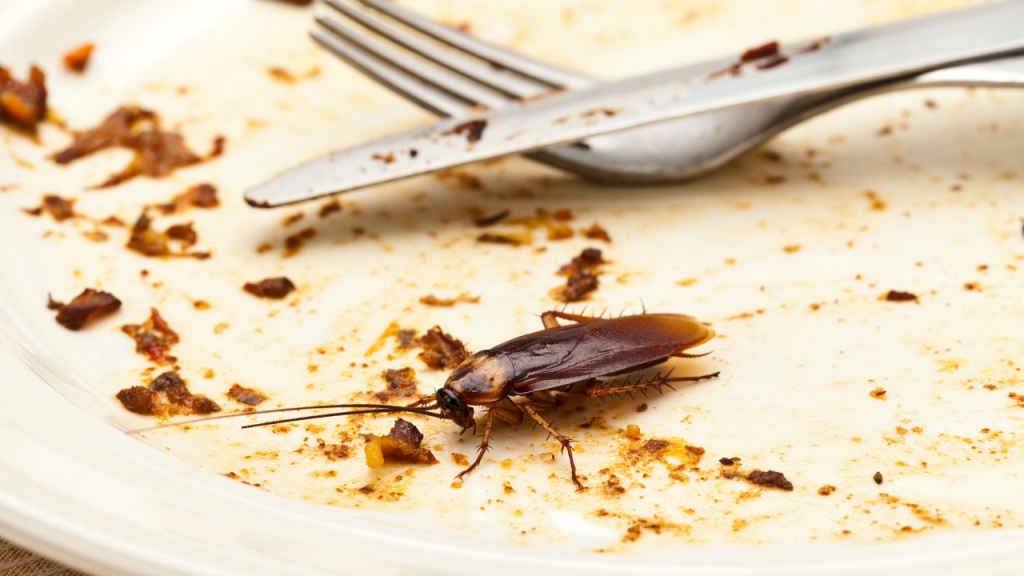
DIY Pest Control Tips:
If you opt for a do-it-yourself approach, you can choose a non-repellent chemical to ensure roaches carry the product into cracks and crevices rather than being repelled. Always read, understand, and follow the label directions when using insecticides. This ensures your safety and the effectiveness of the treatment.
Seeking Professional Help:
If your roach problems continue after implementing the strategies mentioned here, consider seeking professional assistance. Watch our next video for more insights.
As a homeowner, the last thing you want to deal with is a rat or mouse invasion in your home. For a more detailed explanation and visual insights, watch our informative video in the link below.
Prevention is the first line of defense against rats. Walk around the exterior of your house and identify potential entry points for rodents. For example, inspect your air conditioning unit if you live in a brick home—often, there might be sizable openings for pipes. Seal these openings with materials like tin, plywood, or consult a professional bricklayer to ensure a secure closure.

Mice can squeeze through openings as small as a quarter of an inch. If your doors aren’t sealing well, ensure that the door sweeps are in good condition. Maintaining effective door sweeps adds an extra layer of protection against both insects and rodents trying to enter your home.

To combat rats effectively, it’s crucial to know your enemy. Look for droppings as you walk around your house. Different species of rodents may leave distinct types of droppings, helping you identify the invader. Additionally, check for any visible damage to door frames or chewed items, as rats are notorious for gnawing on various objects.
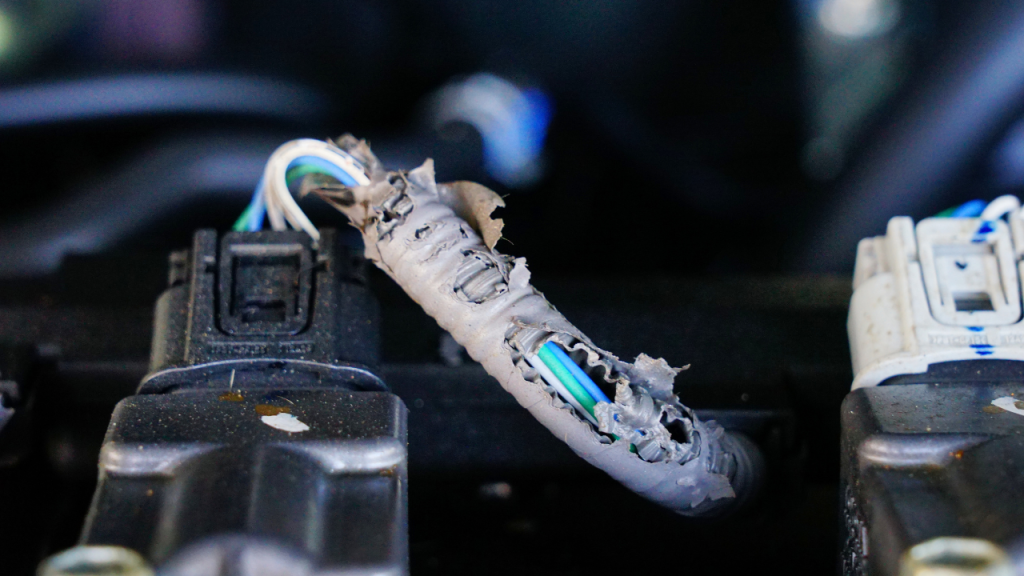
Stay vigilant about what’s happening outside your home. If you observe rats running around your yard, it’s a clear indication of a problem. Understanding outdoor behavior can provide valuable clues about potential entry points and the severity of the infestation inside.
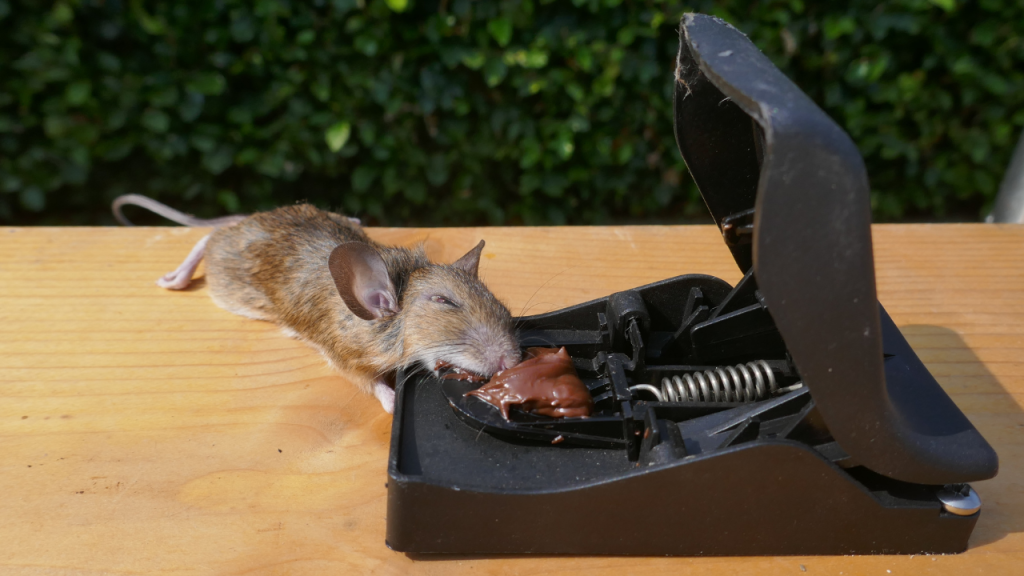
If you decide to use baits, exercise caution and read and follow label directions meticulously. Choose the right bait for the specific type of rodent you are dealing with. It’s essential to place baits strategically, ensuring they are inaccessible to children and pets. Consider using tamper-proof bait boxes in and around your house for a safer application.
If you’re uncertain about the type of rodent problem you’re facing or how to address it, don’t hesitate to call a professional pest control service. Pest control experts like Gillen Pest Control, specialize in identifying and dealing with rodent issues. Whether it’s an unidentified noise in the attic or a visible rodent, professionals are equipped to handle the situation safely and effectively.
Gillen Pest Control is committed to protecting you, your family, and your home from unwanted rodent invaders. By following these proactive steps and seeking professional assistance when needed, you can keep rats out of your home permanently.
If you suspect a rodent issue, reach out to Gillen Pest Control—we’re here to help.
If you’re living in the Houston area, you might be well aware that termites are a common concern for homeowners. In fact, it’s often said that it’s not a matter of if you’ll get termites but when. I want to tell you about three effective ways to prevent and eliminate termites from your structure.
If you would like to watch the video, click down below.
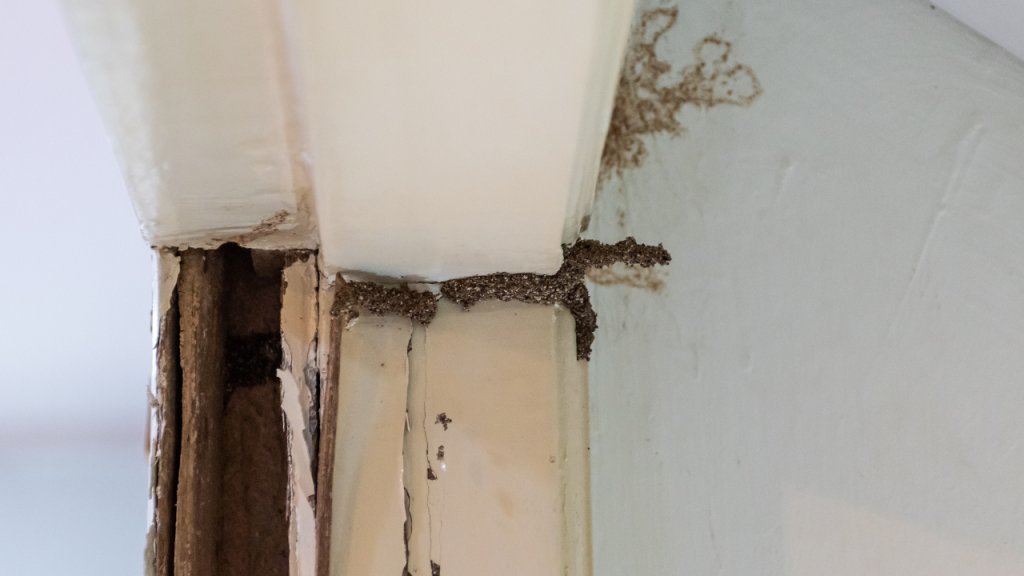
The first one is a physical barrier. If your house is on a slab, a physical barrier may not be effective. If your home is on peer and beam structures, then you can install a metal barrier on top of blocks. The tilted metal prevents termites from reaching the wood structure. This method only works as your house is in construction and being built.
The second way to deal with termites is using liquid insecticides. We used to only be able to do this by digging a trench around the house and pump chemicals into the ground and soil which created a chemical barrier. Ultimately, when using this method clay-rich. Chemical barriers have a limited lifespan due to sunlight and rain. And if you live in the country or In rural areas with water wells, leaching chemicals may impact the water system.
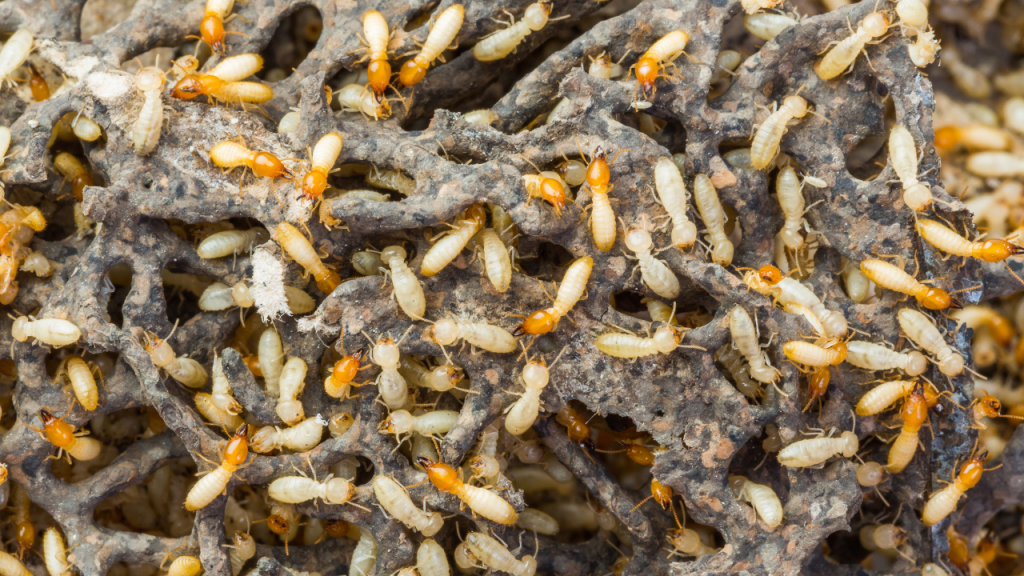
The best solution for termites, in my opinion, is baits. There are many baits on the market but we strongly recommend the Sentricon bait system. Baits kill the entire termite colony because it works continuously. Termites consume the bait, take it back to the colony, and feed it to others.
If you still have questions or concerns, don’t hesitate to reach out. Click the link below or call us at 281-342-6969, and our knowledgeable staff will be glad to assist you.
Wishing you a termite-free and great day!

If you’ve spotted roly-polies around your house, commonly known as pill bugs or sow bugs, it’s essential to note that they aren’t insects at all. These fascinating creatures are terrestrial crustaceans, sharing more genetic similarities with lobsters, crabs, and shrimp than with typical insects. They have unique breathing mechanisms through gills and are often found in lawn debris.

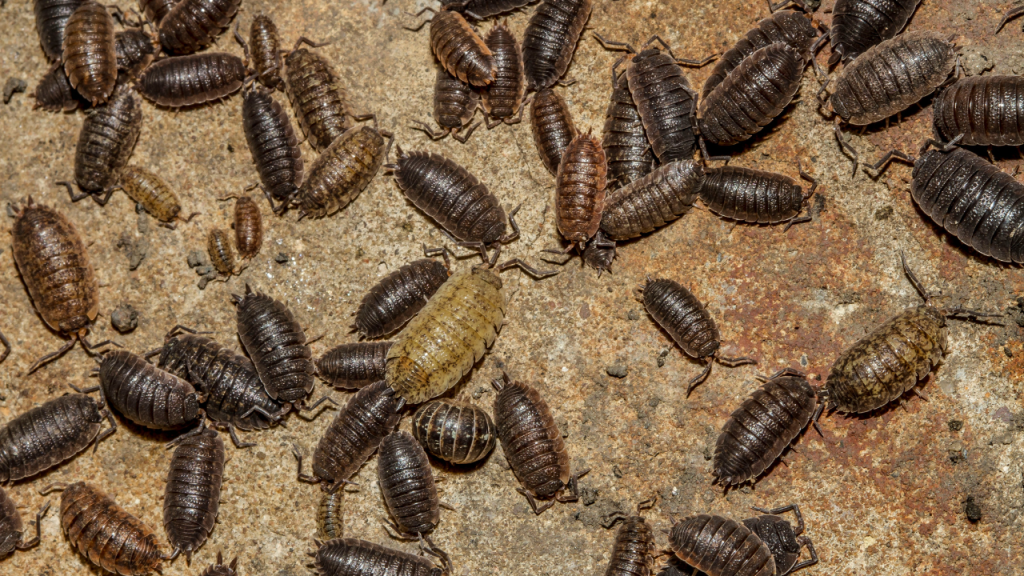
Rollie pollies prefer to feed at night, and during the daytime, they seek refuge beneath grass or debris that retains moisture. If you encounter them in daylight, it’s a sign that there’s lawn debris around your house. While they play a beneficial role in composting, consuming soil and debris, they can also feed on tender leaves of certain vegetation, making them less-than-ideal neighbors.
If you’d like to see deeper into this topic, watch our video.
The good news is that roly-polies pose no threat in terms of stinging or biting. However, their presence can become a nuisance.. If you find them indoors, it indicates an accumulation of these crustaceans around the exterior of your house.
To prevent a roly-poly invasion, focus on eliminating lawn debris, especially near doors and slabs. Make sure there’s no grass or leaves piled up around entry points, creating a cool, dark, and moist environment that attracts them during the day. By addressing these areas, you can discourage roly-polies from gathering near your home.
It’s crucial to note that the presence of roly-polies might be an indicator of other insects. If you’re dealing with these terrestrial crustaceans, it’s worthwhile to explore broader pest management strategies. For a comprehensive guide on keeping various bugs out permanently, consider watching our video titled “Keeping Bugs Out Permanently.” This resource may offer valuable insights into managing not only roly-polies but other insects as well.
Do you find it impossible to enjoy your patio due to relentless mosquito attacks? Well, there’s a new method called N2Care that might just be the solution you’ve been looking for. You can watch a video about this groundbreaking product here.
Living in Texas, I understand the frustration of not being able to step outside without becoming a mosquito’s meal. It’s essential to know a bit about mosquito biology – only female mosquitoes sting as they require a blood meal for egg-laying. But, there’s a game-changing product named N2Care that has transformed my outdoor experience.
N2Care is not just any mosquito repellent; it’s a revolutionary product with an electrostatically charged chemical in its water, creating an effective mosquito-fighting solution. When a female mosquito lands on the water inside the N2Care bucket, the chemical attaches to her feet. As she flies away, any water she comes into contact with becomes contaminated, gradually reducing the mosquito population in the surrounding area.
While N2Care is a game-changer, there are other methods you can employ to combat mosquitoes. Traditional lawn sprays, when applied by professionals or those with the right equipment, can help eliminate mosquitoes, especially the nuisance ones that bite around your ankles.
Southeast Texas often deals with two types of mosquitoes – nuisance mosquitoes and container-breeding mosquitoes that pose health risks. It’s crucial to pay attention to potential breeding grounds, such as stagnant water in sewers or areas around your property. Regular inspections or hiring a professional can prevent mosquito breeding.
Automated mosquito sprayers might seem convenient, but they come with downsides. They waste chemicals by spraying all day, even when mosquitoes are not active. Additionally, these devices harm beneficial insects like lacewings, ladybugs, and bees, disrupting the ecological balance. Automatic sprayers can also pose a risk when they inadvertently spray chemicals while people, including children and pets, are present.
To reclaim your outdoor space from mosquitoes, take proactive steps. Check with your Homeowners Association (HOA) or city to ensure your community is regularly sprayed. Eliminate standing water in your yard, consider N2Care, and explore DIY lawn sprays. When in doubt, professionals like us are here to help with effective mosquito control.
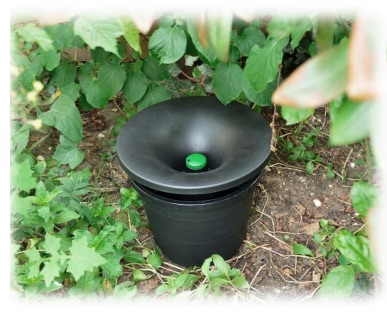
If you suspect bed bugs at home, it’s crucial not to ignore the issue. Before you consider sleeping, take the time to watch this informative video for essential tips on dealing with bed bugs effectively.

Start by washing and drying bedding at high temperatures to effectively eliminate any bed bugs present. Additionally, thoroughly vacuum and steam clean all furniture and floors in the infested room, whether it’s a bedroom or a living area. There are protectors for your mattress and box spring, these aren’t just protectors but more like encasements that can further seal potential hiding spots for these pests. Consider using interceptor traps at the legs of your bed to ensnare bed bugs attempting to climb onto it.
When I am inspecting for bed bugs, I pay close attention to the corners of your mattress, as these are common hiding spots due to the creases in the fabric. I recommend vacuuming the creases of your mattress. Staining on the mattress, particularly bloodstains, could indicate the presence of bed bugs. It’s crucial not to sleep on an infested bed to prevent further spread and bites.
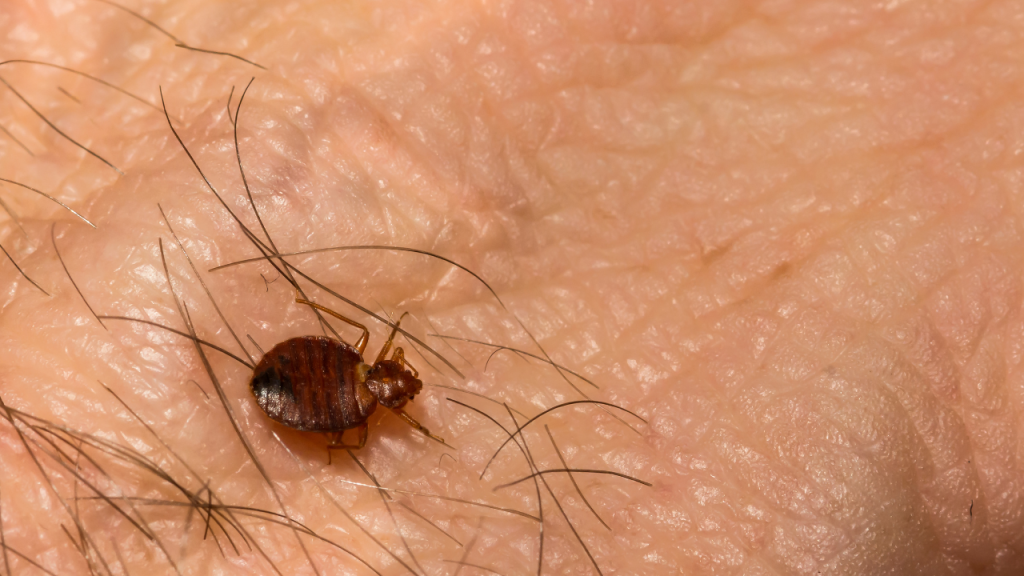
Regular vacuuming is a key component of bed bug management. By vacuuming infested areas frequently, you can remove bed bugs and their eggs. Remember to dispose of vacuum bags promptly and correctly outside to prevent reinfestation.
Bed bug bites can result in itchy skin reactions similar to those caused by mosquitoes. If you wake up with unexplained bites, it’s essential to consider the possibility of a bed bug infestation and take appropriate action.
What Are Tips To Prevent Bed Bugs?
When staying in hotels, take preventive measures to avoid bringing bed bugs home:
If you suspect bed bugs in your hotel room, notify the management immediately and request a change of room.
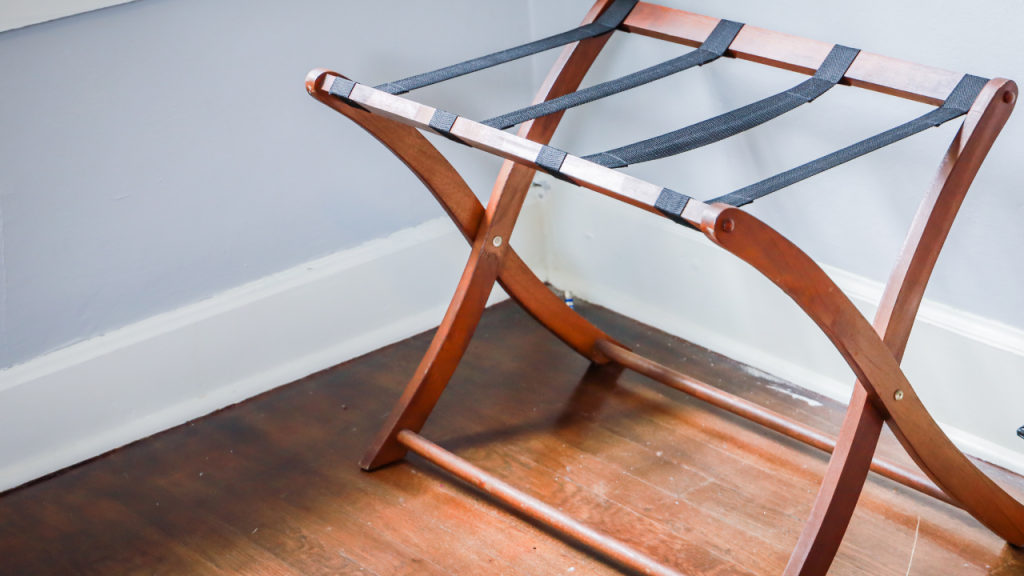
Remember, proactive steps can save you from potential infestations. If you require professional assistance, don’t hesitate to call for a free evaluation. We are here to help you address and resolve any bed bug concerns.
Ants keep coming back into your home and why they keep coming back is because they are social creatures.
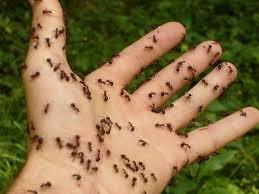
What is Colony Budding?
Ant colonies operate on a division of labor, and at any given moment, approximately 10 percent of ants are out foraging for food. When these foraging ants sense danger, some engage in a phenomenon known as Colony Budding. Instead of returning to their colony, they establish a new one in self-defense. This behavior poses a challenge for traditional insecticides, particularly repellent ones. If ants are unable to return to their colony due to a repellent substance, they may be forced to form a new colony or sense the insecticide and initiate colony budding as a defensive measure. You’re going to want a non-repellent and slow-acting insecticides to ensure the ants can bring the substance back to their colony, effectively eradicating the entire population.
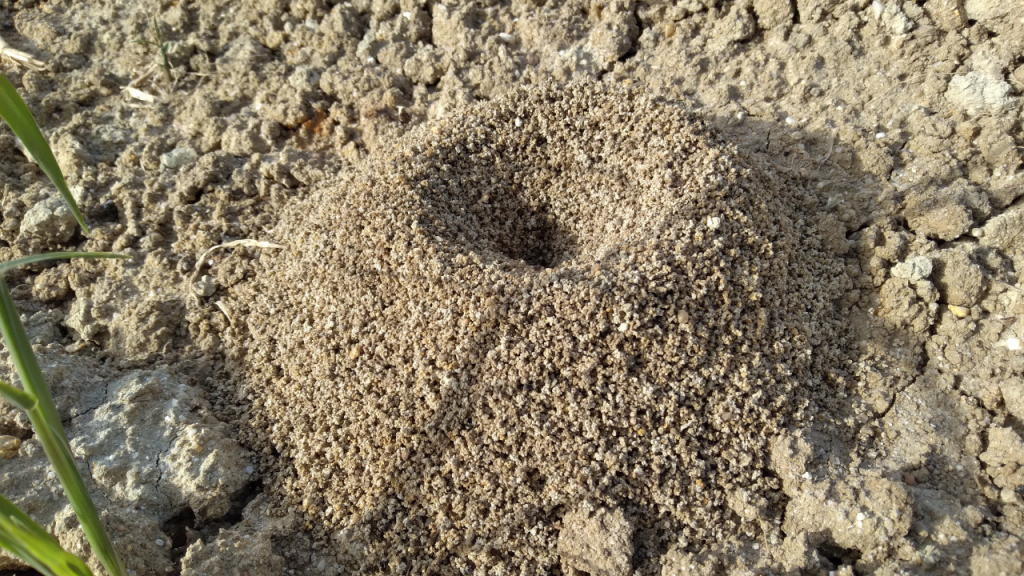

Pharaoh ants, named after the Egyptian pharaohs, are commonly found in homes and present a distinct challenge. These ants utilize wall conduits as highways, often creating trails from electrical outlets to water sources. When dealing with Pharaoh ants, avoid using traditional insecticides, as this may lead to colony budding, spreading the infestation throughout your home. Instead, use ant baits. Make sure the chosen bait is specifically labeled for Pharaoh ants, as using the wrong bait may prove ineffective.
Precision in Pest Control: The Role of Microscopes
The presence of a microscope may seem unusual in a pest control operator’s toolkit, but its significance becomes apparent when dealing with similar-looking ant species. Identifying the specific ant species is crucial for selecting the right control methods and baits. Pest control operators undergo rigorous training and adhere to strict regulations, emphasizing the importance of accurate insect identification. Microscopes play a pivotal role in ensuring that the chosen strategies are tailored to the unique characteristics of the ants infesting a particular space.
Ant control requires a nuanced approach, taking into account the intricate social structures and behaviors of these pests. Click on the link below for a 100 percent free evaluation. Our experts are equipped to help you eliminate those persistent ants and restore peace to your living space.
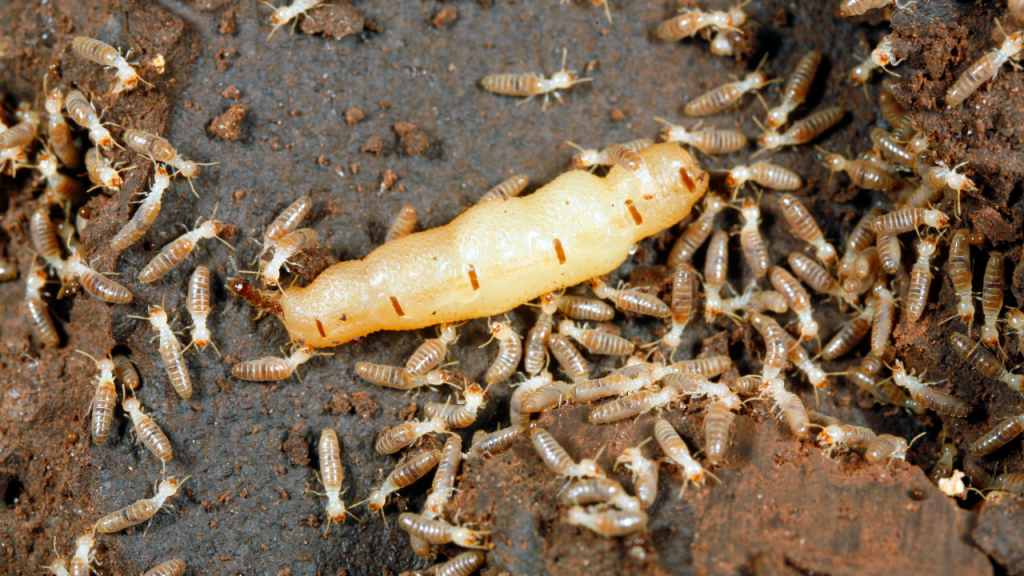
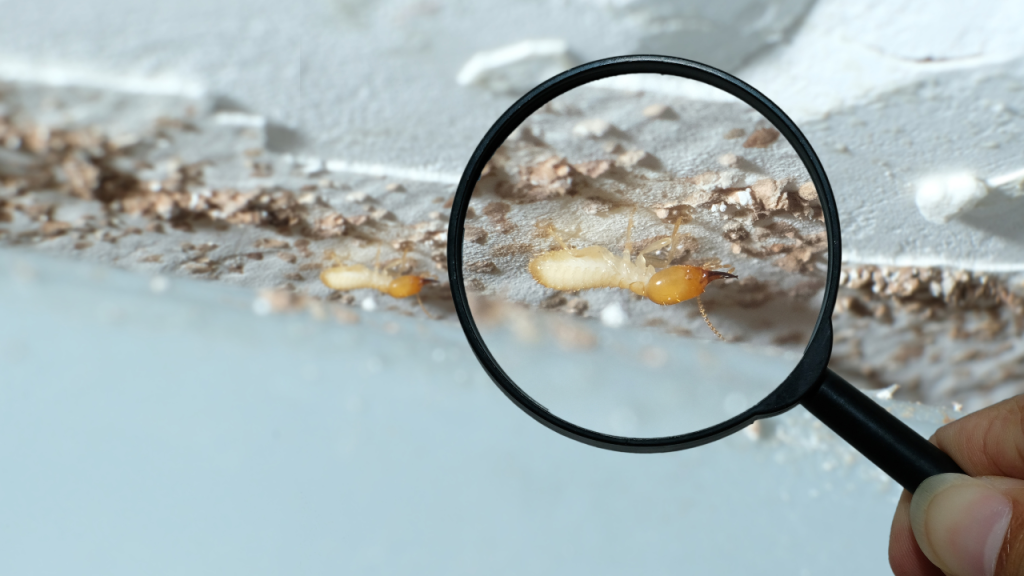
People will ask: “How long does it take Sentricon to kill termites?”
Termites operate in colonies with a complex caste system including a queen, king, workers, soldiers, and more. Workers are crucial as they are the only ones capable of digesting cellulose found in wood. Workers go into the wood of your home or dead trees, wherever they can eat cellulose out of the wood, then they process it. After they digest it, then they regurgitate it for everyone else.
Watch this video below!
How Long Does It Take?
When Sentricon goes into a colony, the time it takes for Sentricon to eliminate termites because it’s a very slow acting chemical. varies depending on colony size and duration of infestation. When you look at a termite situation you need to think of these things:

Multiple Colonies:
Research indicates that homes often don’t just have one colony, instead they have several termite colonies. To ensure thorough elimination, Sentricon systems are strategically placed around the property, each containing a bait matrix irresistible to termites. These green discs, filled with poison-laced bait, target all colonies, including those not immediately visible.
The Matrix inside the green disc is a termite delicacy, preferred even over Southern yellow pine, commonly used in house construction. Termites unknowingly choose the Sentricon Matrix over wood, leading to the eventual demise of their entire colony.

Long Term Solution:
Termites don’t realize that as they eat on the Matrix, they end up killing their whole colony. We put Sentricon around your house because you may have multiple colonies and we want to get the Matrix poison inside of the colony. The system remains in place even after eradication, ready to intercept any new infestations. Technicians periodically monitor bait stations, ensuring they remain stocked with bait to effectively eliminate any incoming termites.
Bait Station Maintenance:
During inspections, bait stations may appear weathered and soiled, indicating termite activity. However, disturbing these stations is counterproductive as termites are attracted to the bait’s uncleaned state. When they have stopped feeding on the Sentricon then we know we have killed the entire colony.
You may see a gnarly looking bait station, but be sure to leave it, that’s they way that the termites like it.
Minimal Quantity, Maximum Impact:
Remarkably, Sentricon requires only a minute amount, akin to a packet of sweetener, to eradicate an entire termite colony. Its efficacy lies in this minimal yet potent dosage, ensuring comprehensive elimination without extensive chemical application.
Sentricon’s success lies in its ability to outsmart termites by using their feeding habits against them. As a proven permanent solution, it offers lasting protection. For a 100% free evaluation, reach out to Gillen Pest Control and keep termites at bay or address existing infestations.
Monday - Friday
8:00 a.m. - 5:00 p.m.
1012 Morton Street
Richmond, TX, 77469
Map & Directions
Houston Area – 281-342-6969
El Campo – 979-332-9626
FAX – 281-232-6979
© 2023 Gillen Pest Control - All rights reserved